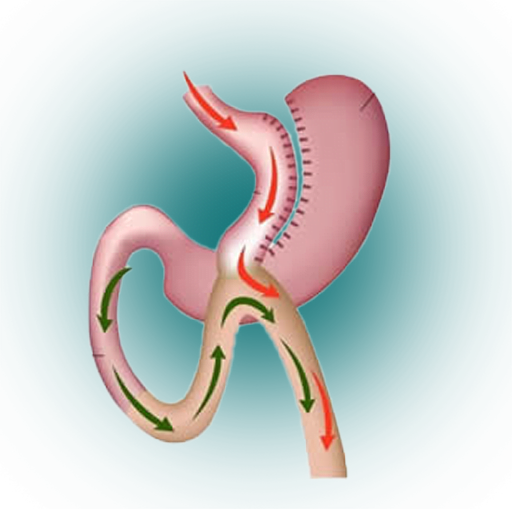What is Gastric By-Pass?
Gastric By-Pass is the most numerous obesity surgery procedures that has been performed for about 25 years and has been performed in America and many European countries. This method, which aims to reduce both the amount of food taken and the absorption of food, gives effective results in morbidly obese patients. It has been seen as a result of research that there is a clearer and higher rate of solutions to co-morbidities, especially Type 2 Diabetes. All varieties that include some differences in practice such as RNY Gastric By-Pass and Mini Gastric By-Pass are known as the "Gold Standard" in obesity surgery. However, the fact that there are some disadvantages compared to Sleeve Gastrectomy, which is almost equivalent in effectiveness, has led to a decrease in the frequency of insertion and over time, Sleeve Gastrectomy has become a more frequently applied procedure. It is not the first choice for the surgeon due to the fact that it is a longer- lasting, more difficult and experience-intensive procedure, while for the patient the healing process is longer and more laborious and the likelihood of encountering Dumping Syndrome is higher.
How to Perform Gastric By-Pass Surgery?
Gastric By-Pass surgery procedures are performed under general anesthesia and laparoscopic method.If we look at the insertion details:

